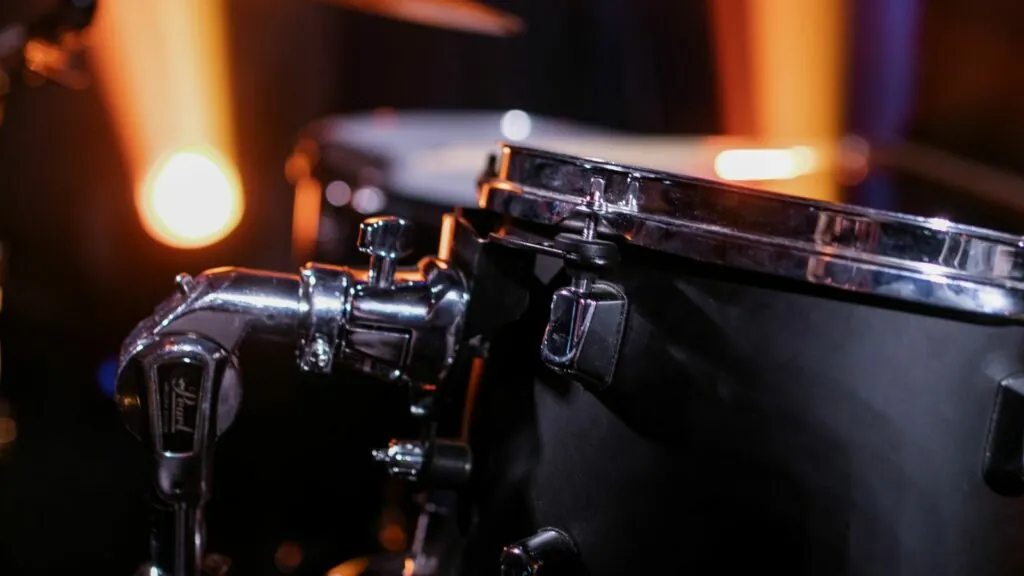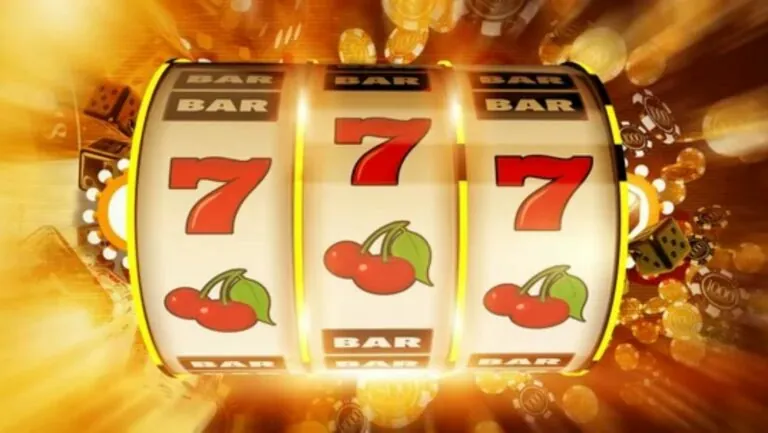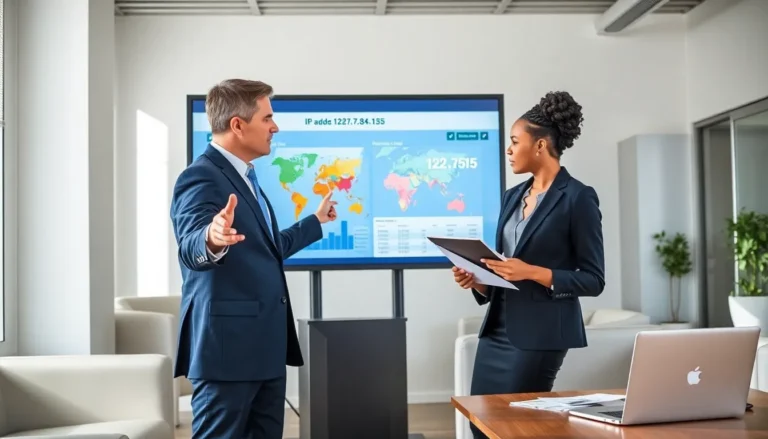If you’re planning to bring your music to Colorado, you’ve probably already pictured the iconic venues, from Red Rocks to small, packed clubs in Denver’s historic districts. But while it’s easy to get caught up in the excitement of the shows themselves, the logistics of getting your gear from city to city can be just as important as your setlist. One way touring artists make life easier—especially when performing in multiple Colorado cities—is by using instrument backlining.
Backlining is a practice that helps musicians travel lighter, keep changeovers short, and arrive at the stage ready to play. In a state where venues are spread out across mountains, plains, and cities, it can be the difference between a smooth tour and one filled with delays and headaches.
Table of Contents
ToggleWhat Backlining Means for Musicians
Instrument backlining is when a venue or event supplies the core gear needed for a performance, such as drum kits, bass amps, guitar amps, and sometimes keyboards. It’s already on stage before you arrive and stays in place for the entire event, so bands can rotate quickly without tearing down and rebuilding the stage each time.
Instead of packing a trailer full of bulky equipment, artists can bring the essentials—like their instruments, pedalboards, or snare drums—while relying on the venue’s setup for the rest. This arrangement has become a standard at festivals, multi-band bills, and even some club shows where time is tight.
Why Colorado Tours Benefit from Backlining
Colorado’s live music scene is spread across a lot of ground. Denver is the hub, but tours often include stops in Boulder, Fort Collins, Colorado Springs, and mountain towns like Aspen or Telluride. That means long drives, unpredictable weather, and plenty of load-ins in places where parking isn’t always ideal.
With a backline in place, you’re not wrestling with heavy cases in tight alleys behind downtown venues or worrying about icy sidewalks in the mountains. For fly-in dates, you can skip the oversized baggage fees and the gamble of airline handling entirely, arriving with only the pieces of gear you truly need.
A Local Advantage
Colorado has its own network of production crews and equipment providers, and tapping into that network can make your tour far easier. In Denver, for example, there are companies that specialize in providing and maintaining backline gear for touring artists. These crews know the local venues, have worked countless events, and understand what it takes to get shows running on time in this market.
One such provider, Kaleidoscope Productions, works with a range of local venues and festivals to ensure that high-quality, well-maintained gear is ready for each act. For touring bands, this kind of local connection means you can step onto an unfamiliar stage knowing the essentials are covered by people who understand both the gear and the local scene.
Keeping Costs in Check
Touring isn’t cheap, and moving your own gear adds to the expense. Renting larger vehicles, paying for extra fuel, and covering airline baggage costs all eat into the budget. Backlining allows you to travel smaller and lighter, which can free up money for other parts of your tour—like marketing, accommodations, or simply taking home more of the profits.

There’s also the matter of risk. Every musician has heard horror stories about stolen instruments or gear damaged in transit. With backlining, your most valuable and personal equipment stays with you, and the bulk of what’s on stage belongs to the venue or provider.
Faster Changeovers, More Music
Whether you’re on a festival lineup or a multi-band bill in a club, quick changeovers are critical. Long gaps between sets can sap the energy from the room. With backline gear in place, changeovers often come down to swapping a few pieces and plugging in—sometimes in under ten minutes.
That efficiency benefits everyone. The audience stays engaged, the schedule stays on track, and you get to focus on the performance instead of rushing through a stressful setup.
Adjusting to the Provided Gear
The one challenge of backlining is adapting to gear that isn’t your own. Drummers may need to adjust hardware heights, guitarists might have to tweak amp settings, and keyboard players could be using a slightly different model than they’re used to.
Most touring musicians bring a short list of personal gear that helps them maintain their sound and feel. This might include snare drums, cymbals, pedals, or even an amp head that can be connected to the backlined speaker cabinet. Communicating your preferences ahead of time—through a detailed backline rider—can make a big difference.
The Colorado Touring Circuit
The backline advantage becomes even more apparent when you look at the geography of Colorado’s touring circuit. A typical route might have you in Denver one night, Fort Collins the next, and Colorado Springs the day after. Throw in a mountain town date and you’ve got a mix of urban load-ins, long stretches of highway, and unpredictable weather conditions.
By working with local backline providers in each city—or in some cases, one company that services multiple stops—you can move quickly and keep your setup consistent from show to show. Crews like those in Denver who handle festival stages or high-profile venue events are used to keeping things moving on tight timelines, which is exactly what touring acts need.
Festivals and Multi-Band Bills
Colorado’s festival season is busy, and backlining is what makes it possible to run a dozen acts through one stage in a single day. At events like these, there’s no time for each band to build their own stage setup from scratch. The same applies to benefit shows, showcases, and battle-of-the-bands events in local venues.
A shared, high-quality backline keeps everything on schedule. Musicians swap in their personal components, sound engineers make quick adjustments, and the music keeps going without long interruptions.
When to Use Your Own Gear
Even if you plan to rely on backlining for most of your tour, there are times when bringing your own gear makes sense. Unique or customized instruments, specialty effects setups, or a particular drum configuration might be essential to your sound. Many touring acts use a hybrid approach—bringing certain must-have items while letting the backline cover the rest.
This approach gives you the best of both worlds: the familiarity of your personal gear where it matters most, and the convenience of a shared setup for everything else.
Making Backlining Work for You
The key to a good backline experience is communication. Send a clear rider to the venue or provider well before the show. Arrive early enough to make any adjustments during soundcheck. And if you’re touring through Colorado, consider reaching out to local production crews who know the venues and the challenges of the region.
Once you’ve done a tour without hauling a full rig into every venue, it’s hard to go back. The reduced stress, faster changeovers, and lower costs all make backlining a smart move for most touring artists.
A Smarter Way to Tour Colorado
Colorado’s music scene is worth the trip, but it comes with its own set of touring challenges. Using backlined gear lets you navigate those challenges with less stress and more focus on your performance. Whether it’s a packed club in Denver, an outdoor stage in Boulder, or a mountain town festival, stepping into a venue where the essentials are already set up frees you to do what you came to do—play music.
And when you can partner with a local crew that understands the region, maintains reliable gear, and keeps shows running on time, you’ve set yourself up for a smoother, more enjoyable tour. In Colorado, that kind of support is out there—you just have to know where to look.


